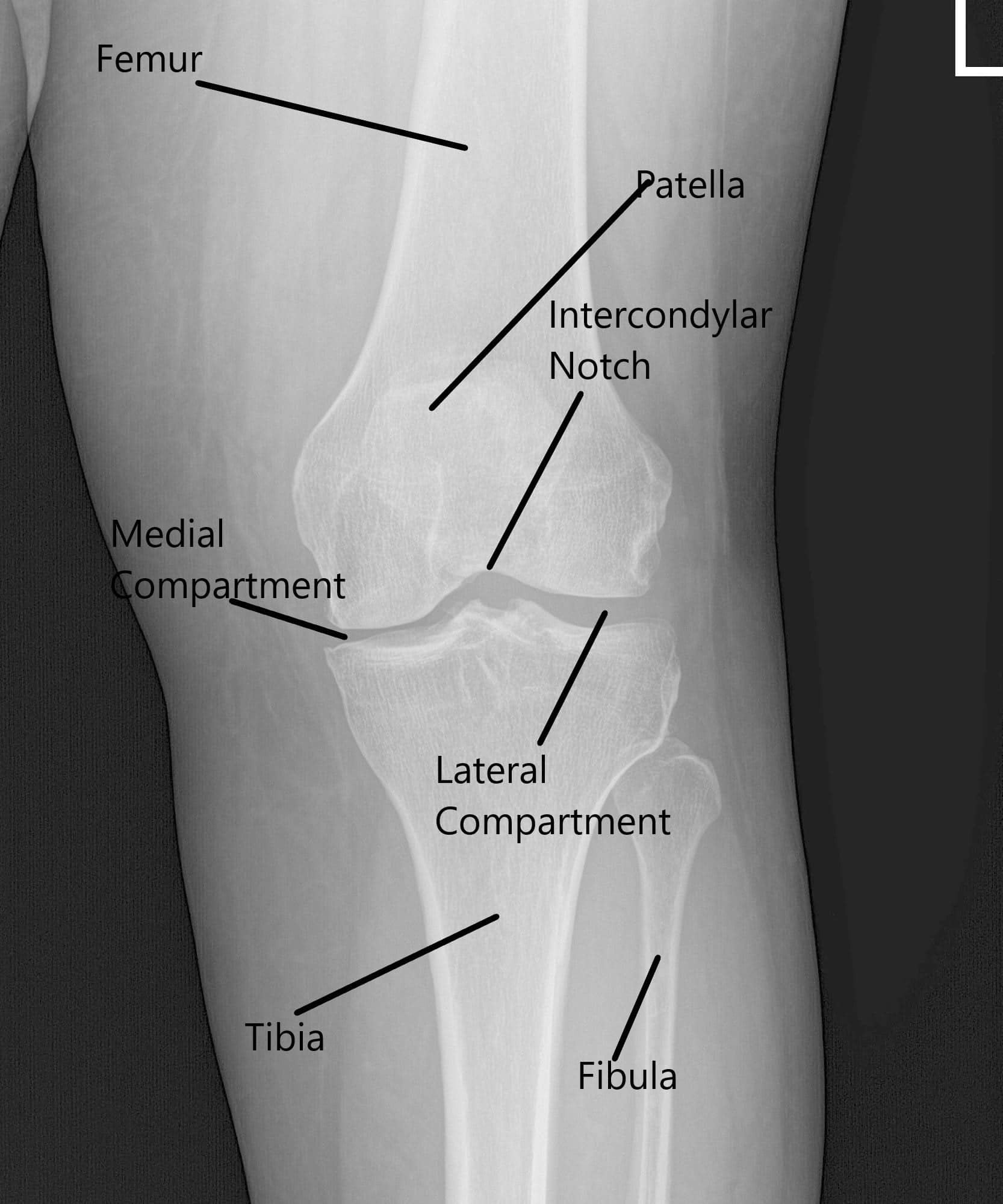

Simple documentation, however, does not automatically allow reporting of both the major synovectomy code 29876 and the meniscectomy code 29881 (Arthroscopy, knee, surgical, with meniscectomy including debridement/shaving of articular cartilage, same or separate compartment, when performed) to payers. Reporting either synovectomy CPT code (29875 or 29876) for these surgical cases would not be appropriate.įor example, a surgeon may document performance of a medial meniscectomy and a tricompartmental synovectomy. Surgeons commonly perform a synovectomy in addition to other procedures to “clean up” the joint while performing more extensive surgery. This is where the coding becomes a bit confusing. This code should only be reported if it is the only procedure performed separate compartment rules do not apply.ĬPT code 29876 describes a major synovectomy and may be reported in two or more compartments when performed. 29876: Arthroscopy, knee, surgical synovectomy, major, 2 or more compartments (eg, medial or lateral)ĬPT code 29875, limited synovectomy, is described as a “separate procedure.” This means that the work associated with this procedure is inclusive to more extensive procedures performed in the same anatomic site (the knee) and is not separately reportable.29875: Arthroscopy, knee, surgical synovectomy, limited (eg, plica or shelf resection) (separate procedure).The following CPT codes describe synovectomy procedures in the knee: Every surgical procedure in the knee includes synovial resections to clean up the joint for visualization. Synovium is the smooth lining of the joint that produces synovial fluid to lubricate the joint. Although the rules may seem straightforward, they are not as clear as they appear. We conclude that the use of the artificial medial meniscus implant may re-establish normal load distribution across the articulating surfaces of the medial compartment and not increase loading across the lateral knee compartment.Ĭadaver Knee Meniscetomy Osteoarthritis Pressure distribution Prosthesis.Coding knee arthroscopies can be challenging for both physicians and coders-especially when the surgeon performs multiple procedures, one of which is documented as a synovectomy. The MRI data from the patient cohort facilitated the integration of real-life clinical results together with the laboratory measurements from our cadaveric study, as these two approaches complement each other. Additionally, we found that neither the two different grades of medial meniscectomies, nor implantation of the artificial medial meniscus implant affected the lateral compartment of the knee. Partial and subtotal meniscectomies of the medial meniscus resulted in statistically significant decrease in contact areas (p = 0.008 and p < 0.0001, respectively) and increased contact pressures in the medial compartment however, implantation of the artificial meniscus implant restored the average contact pressure to 93 ± 14% of its pre-meniscectomy, intact value. We employed this integrated approach to evaluate the mechanical consequences in both the medial (treated) and lateral knee compartments of two levels of meniscectomy and implantation of an artificial meniscus implant. We used an integrated in situ/in vivo experimental approach combining contact pressure measurements of cadaveric knees with MRI joint space measurements of 72 mild OA patients. The goal of the current study was to investigate the potential effect of an artificial medial meniscus implant on the function of the lateral compartment of the knee and on the potential alterations in load distribution between the two compartments under static axial loading, using advanced piezo-resistive sensors. An artificial medial meniscus implant (NUsurface ® Meniscus Implant, Active Implants LLC., Memphis, TN, USA) was developed to mimic the native meniscus and may provide an effective long-term solution for OA patients, alleviate pain, and restore joint function. The altered biomechanical function of the knee following partial meniscectomy results in ongoing articular cartilage overload, which may lead to progressive osteoarthritis (OA).


 0 kommentar(er)
0 kommentar(er)
